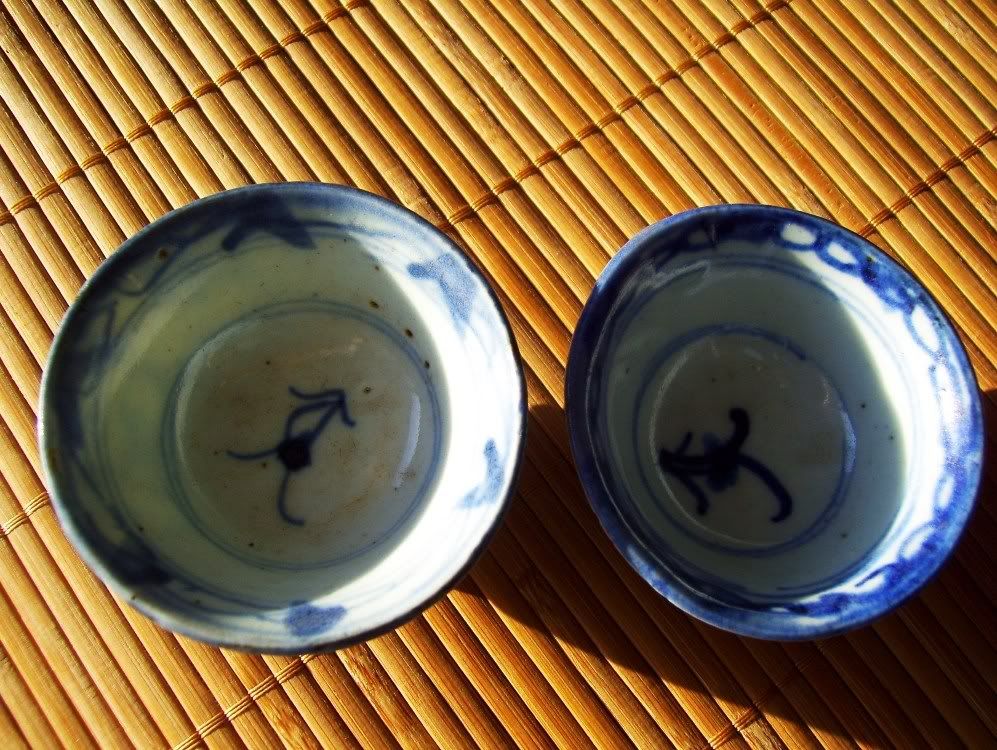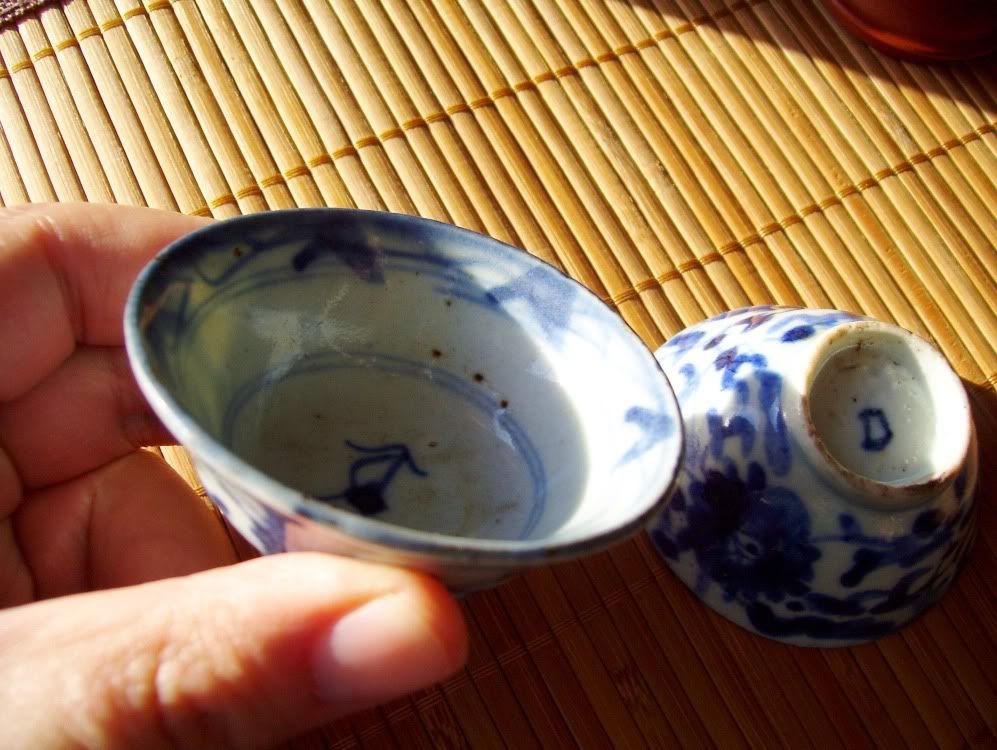I don't think porcelain is as hard to authenticate as Yixing, but there is a lot of fake / reproduction stuff out there. I don't care what the source -- I would be hesitant to assume that any "antique" Chinese porcelain is 100% for sure authentic (of course there's also a middle ground - pieces that are old, but not as old as they're claimed to be, or pieces that are genuinely old, but are not actually by the maker or kiln they claim to be made by). Since I'm not an expert in authenticating this stuff myself, I would be hesitant to make any sort of claims about any "antique" teaware I (or anyone else) own one way or another, no matter what claims the seller makes about it.teaskeptic wrote: Don't you think that your experience would be more enjoyable if you simply believed that you were using antiques, but actually weren't? I'm not saying this is the case here at all.
The glazes and clay type / thickness in antique (or "antique") teaware can certainly make a difference in one's tasting experience, as can the aesthetic differences between older and new teaware. As to whether most people could tell the difference (in the taste of the tea) between a genuine antique and a roughly equivalent (in size / thickness / shape / etc.) well executed reproduction in a blind tasting, I'm a little more skeptical about that.
The difficulty in holding such a tasting, of course, is that you'd have to find a cup that's 100% for sure genuine, and then some similar cups that a seller will admit is a modern reproduction.



